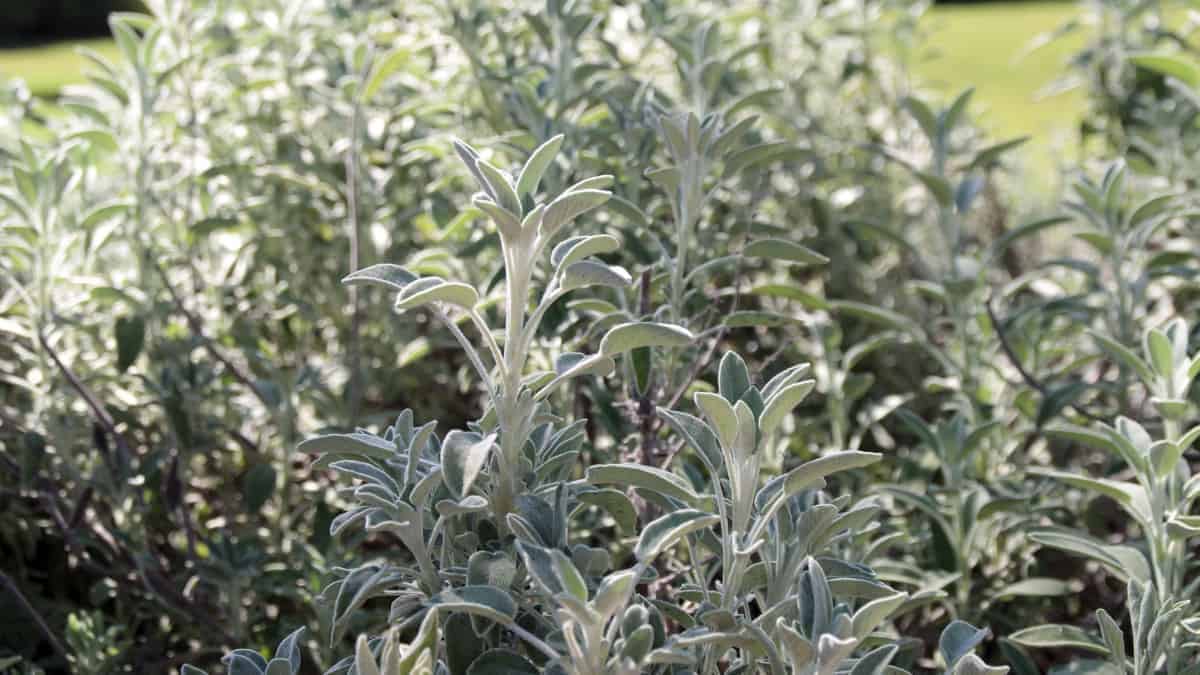Description
Sage is a complex aromatic herb, grey-green in color, with a distinctive savory flavor and scent.
What does sage taste like?
A pungent sweet scent of menthol and earth whilst having a deep warming savory flavor with hints of citrus, bitter, pepper, pine, and mint.
Where does sage come from?
Of Mediterranean origin, sage or salvia officinalis has remained favored in Italy, Spain, and Greece whilst also migrating to become a staple in England and North America.
A member of the mint family the word sage is derived from the Latin for “to be saved” as the herb has historically been used in medicine and healing. Variations include blackcurrant, honey melon, and pineapple sage so named after their strong aromatic similarities to the fruits.
Sage Uses
Sage seasoning is particularly pungent with only a little needed to impart its distinguishable flavor. The raw herb is overpowering so benefits from light to heavy cooking during which the flavor mellows.
Leaves can be used from fresh or dried, with fresh being strongest in flavor and aroma.
The astringent profile cuts through the richness of fatty meats and is classically paired with pork or thanksgiving turkey as well as being used regularly for sauces, veal, pastas, eggs, rice, dough, and stuffing.
Sage Expiration and Substitutes
- Marjoram: a relative of sage, marjoram shares a similar profile when used fresh at the end of cooking.
- Thyme: also part of the mint family and popular in Mediterranean cooking. Thyme can be a replacement for sage in marinades and long-cooking recipes.
- Rosemary: replicating sages citrus and earthy flavor, rosemary is a suitable substitute when cooking with meat or sauces.
Sage Compliments and Pairings
Sage is dominant enough to be the standalone herb of a dish but also pairs well with complementary flavors including rosemary, lemon, bay leaf, oregano, thyme, parsley, garlic, onion, sausagemeat, pumpkin, poultry, red meat, offal, cream, anchovy, potato, and mushroom.
Sage Expiration and Storage
- Fresh: wrap in a damp kitchen cloth and store in the fridge for up to a week, keeping the leaves on the stalk will prolong freshness.
- Dried: keep stored in an air-tight container away from direct light dried sage will maintain quality for 3-4 years.
- Frozen: fresh sage can be stored in the freezer for up to 1 year and used in recipes that require long cooking.
- Oil/Vinegar: preserve fresh sage in good quality olive oil and vinegar and use it as a base for vinaigrettes or seasoning meat.
Fun Facts About Sage
- The phrase ‘sage advice’ is to be given wisdom and knowledge.
- Prior to the invention of refrigerators, sage was used as a preservation ingredient for meat.
- Burning sage is an ancient ritual to cleanse and purify a space.
Popular Sage Recipes
- Sage and onion stuffing
- Butternut and sage risotto
- Saltimbocca alla Romana
- Sage Derby cheese
- Sage honey
- Crispy sage and brown butter sauce
- Scallops in sage cream
- Sage dumplings

